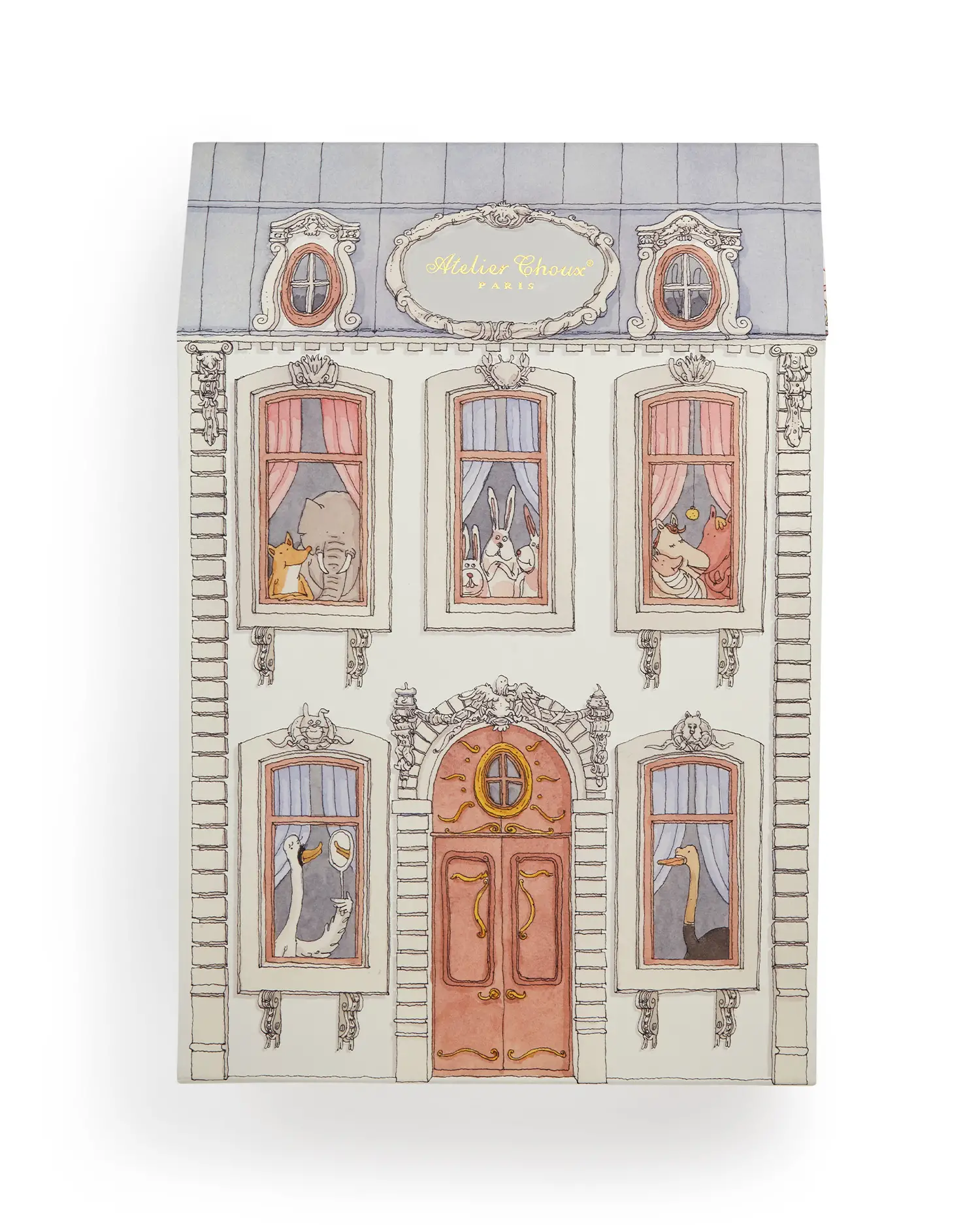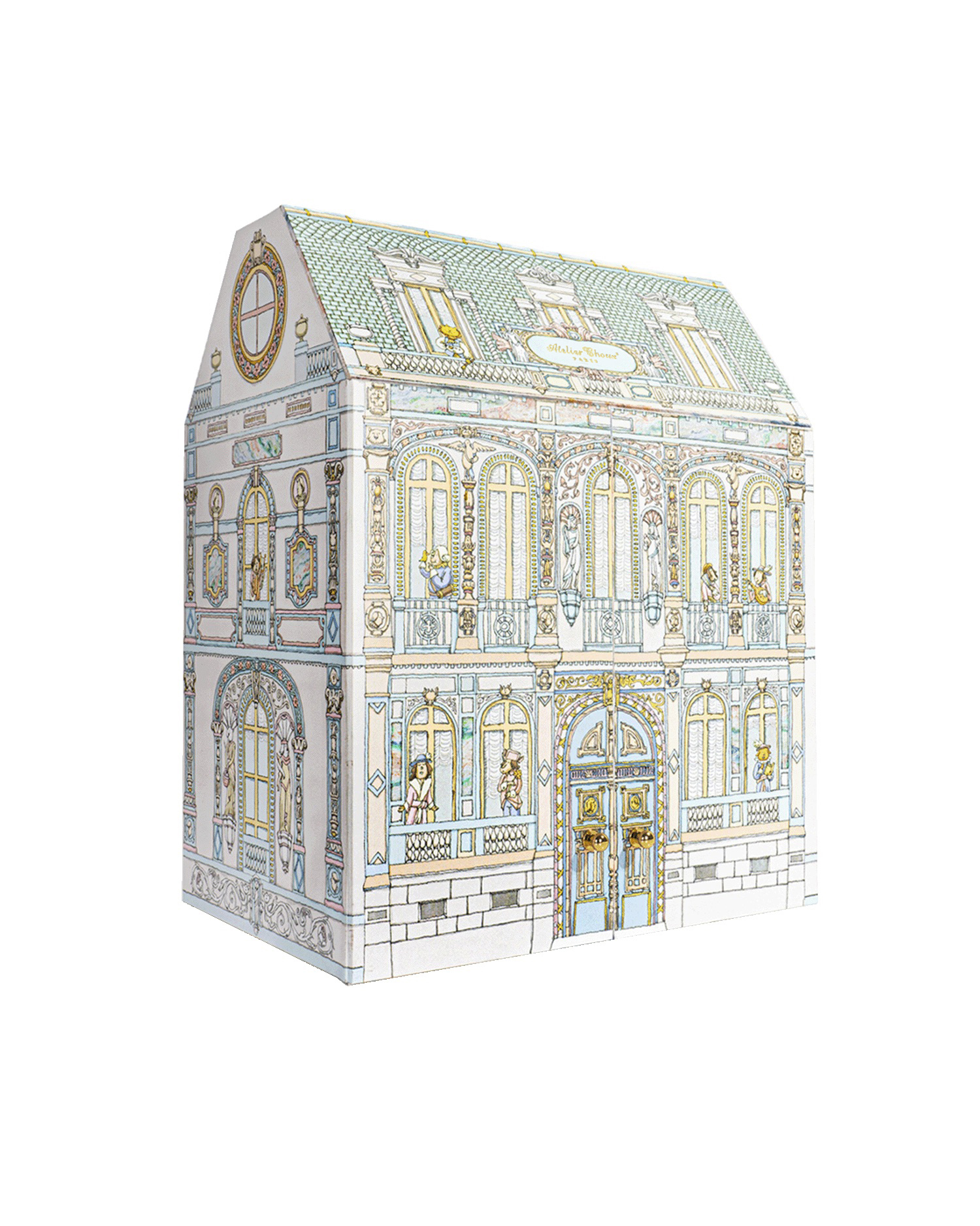Celebrating the Notre Dame
Today (15.4) marks one year since the devastating fire at Notre Dame. Today we are thinking about this magnificent monument and we have gathered 10 interesting, lesser-known facts about our Notre Dame de Paris:
- THE TOWERS ARE NOT IDENTICAL
When you first look at the cathedral’s two towers, they seem to be twins. When you observe them a little longer, you will notice that the north tower is a little bit bigger than the south tower. Because the towers were built over time, they reflect the changing architectural trends and how there were different leaderships involved during the construction rather than just one man’s vision. The two towers were the tallest structures in Paris until the Eiffel Tower was built in 1889.
2. NOT ALL GOTHIC
Notre Dame is the most famous of the Gothic cathedrals, built between 1163 – 1345. It is well-known for its size, antiquity and architectural details. It is also considered to be one of the first examples of French Gothic architecture. However, the cathedral does not only include Gothic architecture, but also Naturalism and Renaissance among few other styles.
3. THE BELLS HAVE BEEN REPLACED MANY TIMES
Notre Dame held 20 bells up until the 18th century, until they were removed and melted down to make cannons. Only one bell was saved – the colossal 1681 bourdon named Emmanuel.
The bells were replaced in the 19th century, but they did not make the same sound as the old versions, as they were not made with the same precision. Eventually, the bells were replaced again in 2013, and the new ensemble brought back the 17th century sound.
4. THE SPIRE WAS A HOLY LIGHTNING ROD
In the big spire, which sadly collapsed during the fire, there was a metal rooster on top of it. The rooster was not only decorative but was placed there as a spiritual lighting rod. In 1935 three tiny relics were put inside the bird’s metal body and it was meant to protect the parishioners within.
5. BEES IN THE CATHEDRAL
On the Notre Dame sacristy, there is a small hive of bees, which was placed there in 2013. The bees living there are Buckfast honeybees, that are known for their gentleness. The honey they make, is from the flowers in the nearby gardens. It’s been said that the honey is given away to the poor.
6. THE MONSTERS ARE MODERN
The gargoyles, the carved monsters who are watching over the cathedral, were not there when the construction of Notre Dame ended in 1345. These monsters are famous, yet they were added only in the mid 19th century, during a radical restoration. The gargoyles have two main purposes: to drain the rainwater from the roof and to scare any evil forces away from the church.
7. LARGEST ORGANS IN FRANCE
The huge Notre Dame organ includes nearly 8000 pipes and five keyboards, making it the biggest organ in France. Some damage is visible on the organ, but it was restored in 2013 to mark the 850th anniversary of the cathedral.
8. THE CENTER OF PARIS
Usually visitors look up to see the magnificent cathedral, but there is something on the ground to see as well – a circular marker with a bronze star embedded in the cobblestones. The words Point zéro des routes de France are carved in the plague, marking the place where the distance from Paris to other French cities is measured. It was placed there in 1924.
9. MOST VISITED MONUMENT IN PARIS
Many would think that the Eiffel Tower is the most visited monument in Paris, but it is actually Notre Dame. More than 13 million visitors go see the cathedral every year, meaning 35 thousand visitors a day. To compare, the Eiffel Tower has 7 million visitors a year (Although, the Eiffel Tower is still the most visited monument in the world where you have to pay to get in).
10. QUASIMODO SAVED NOTRE DAME
After the French revolution in the late 18th century, Notre Dame was not appreciated as it should be. The bells were melted, some of the statues were damaged and the cathedral was used as a storage instead of a religious church. In 1831, Victor Hugo wrote The Hunchback of Notre Dame, and the masterpiece gave a new fame to the forgotten church. The new popularity lead to massive renovations in the mid 19th century, which saved the magnificent cathedral.

 Home Decor
Home Decor
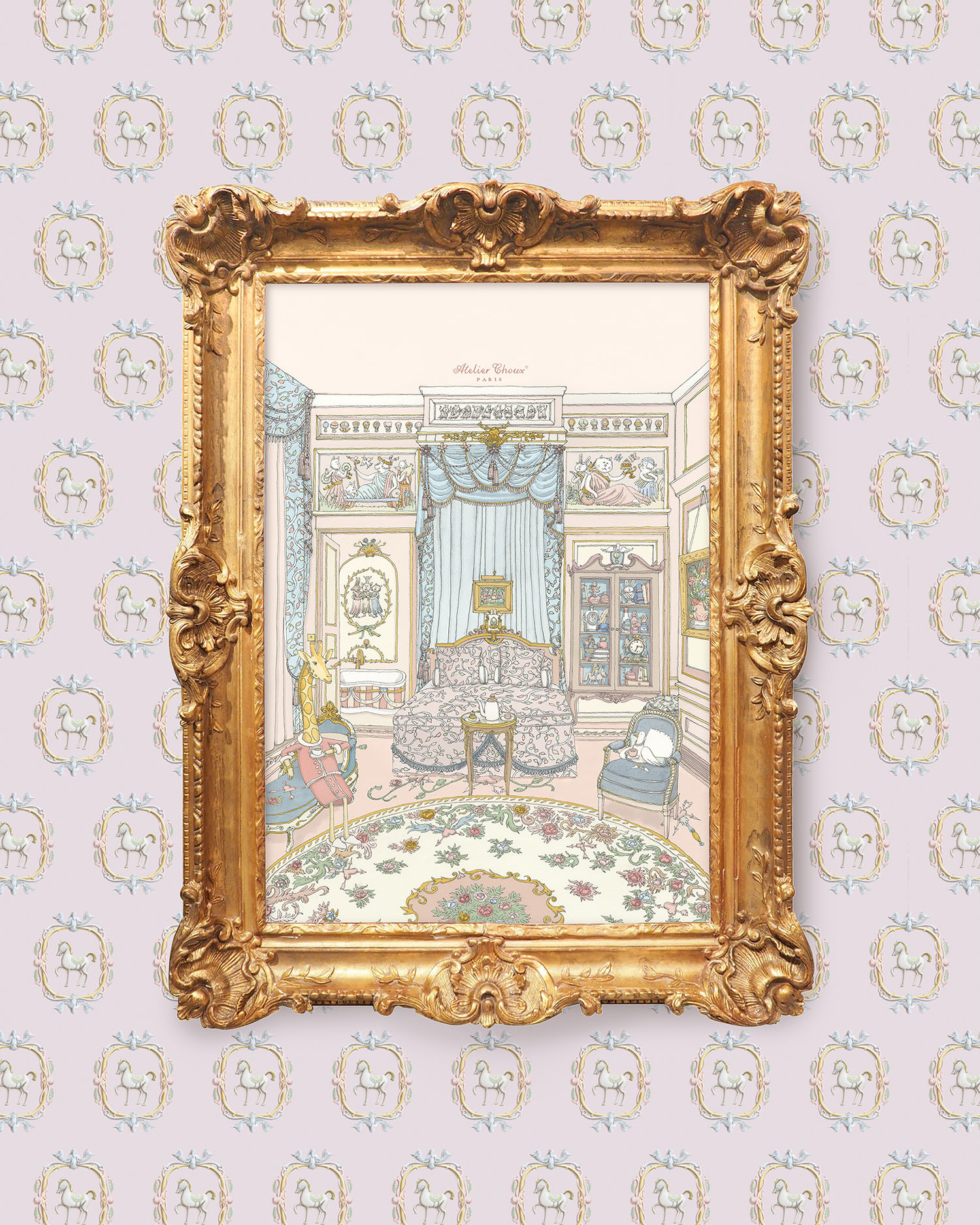
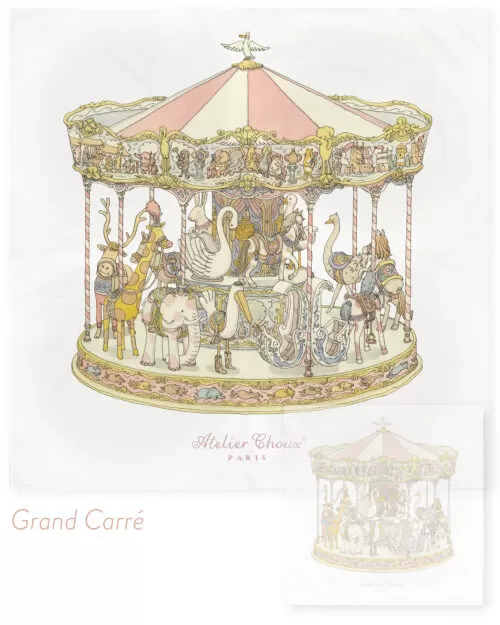

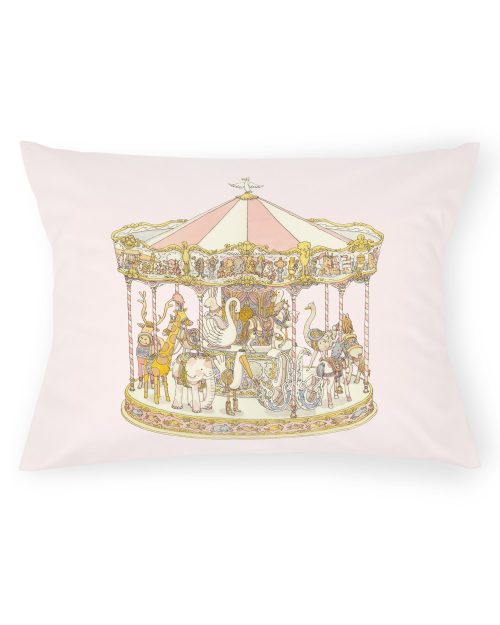



 Bedding
Bedding

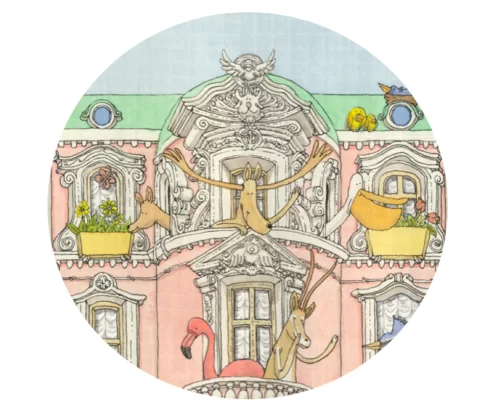
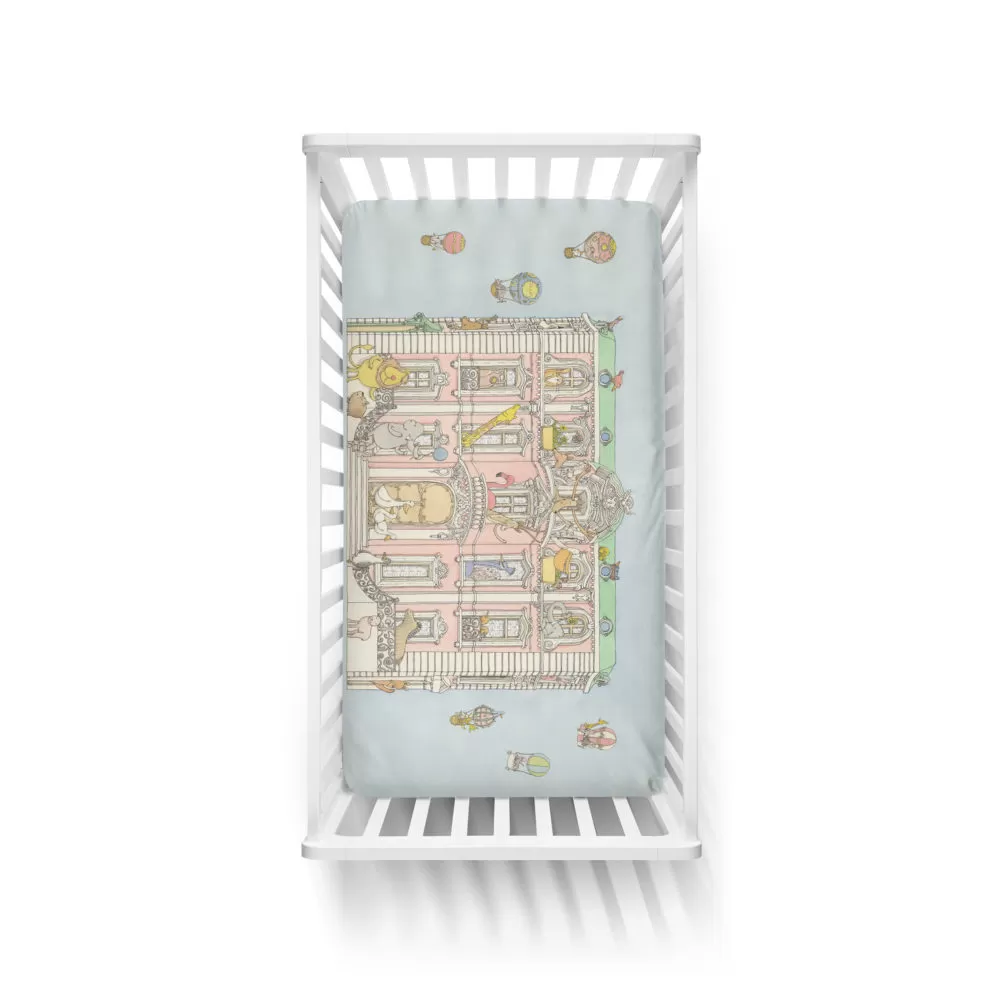


 Party
Party







 Babies
Babies



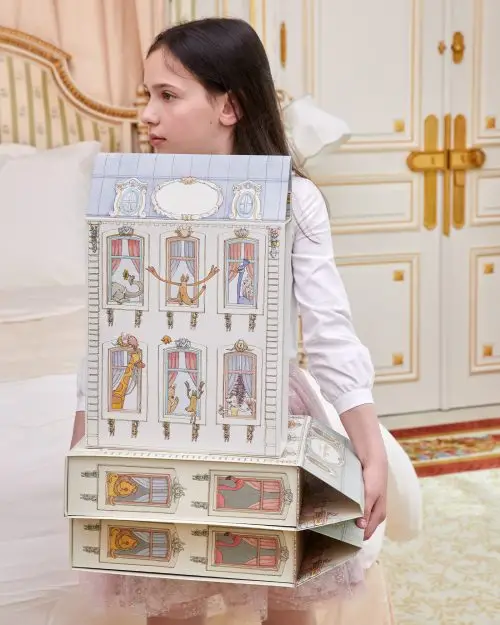

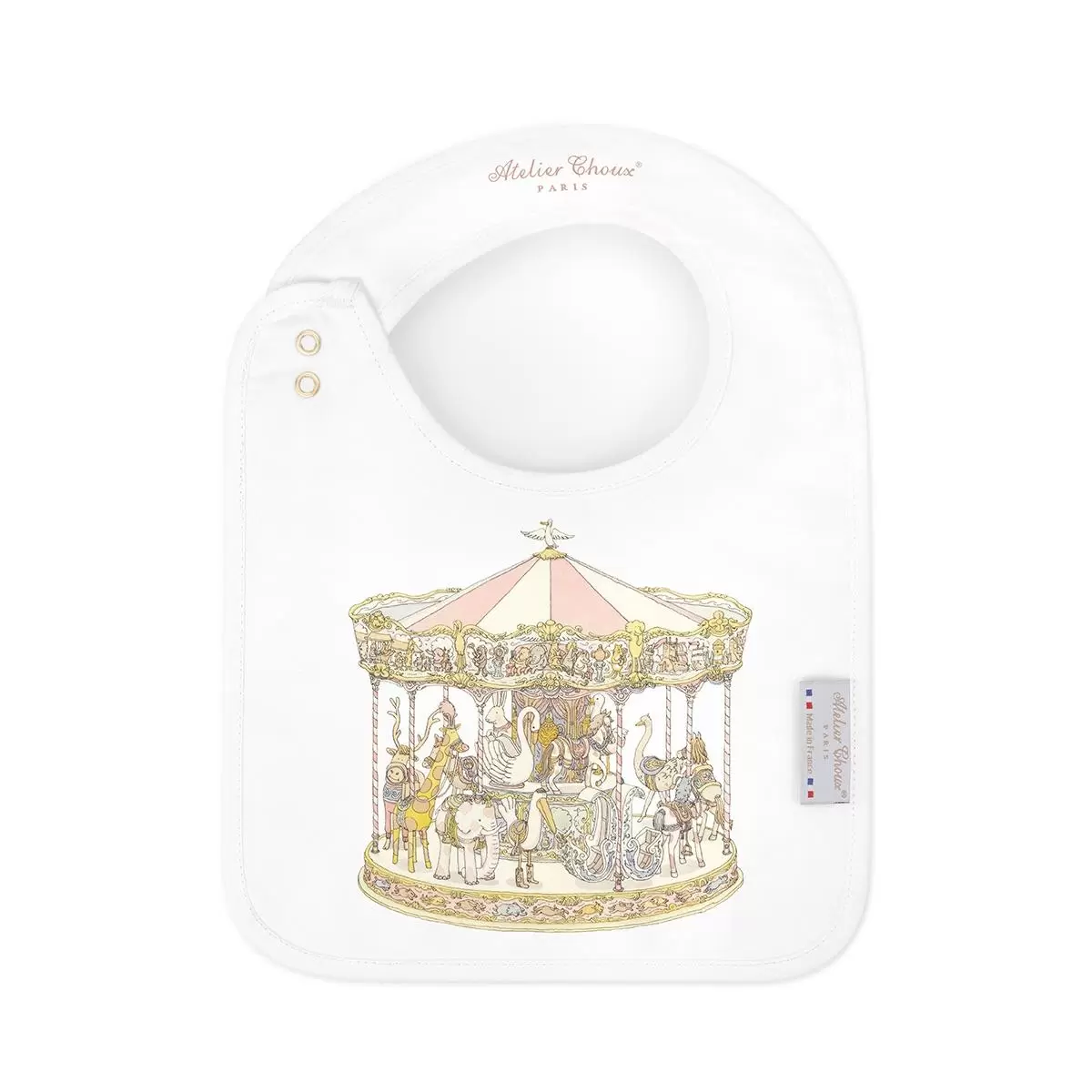

 Kids
Kids





 Gifts
Gifts